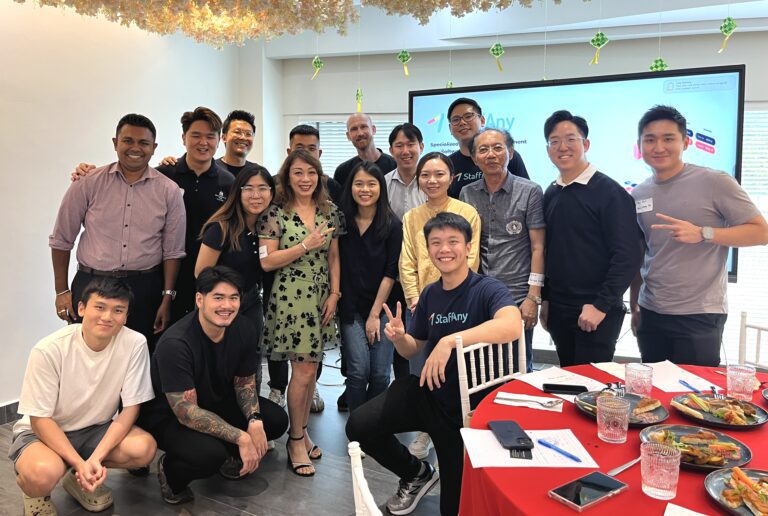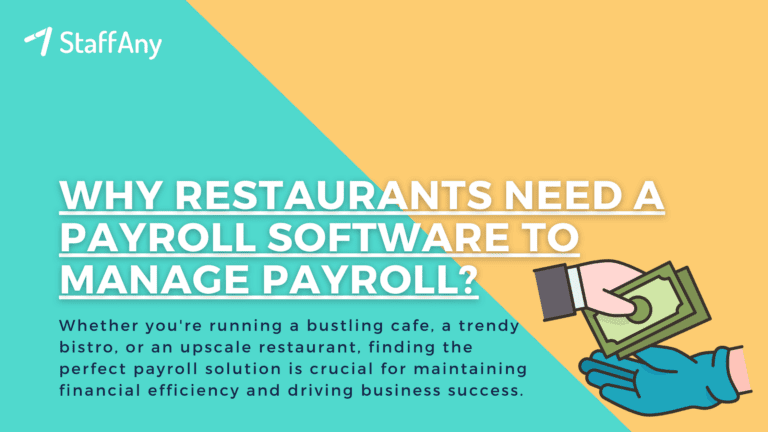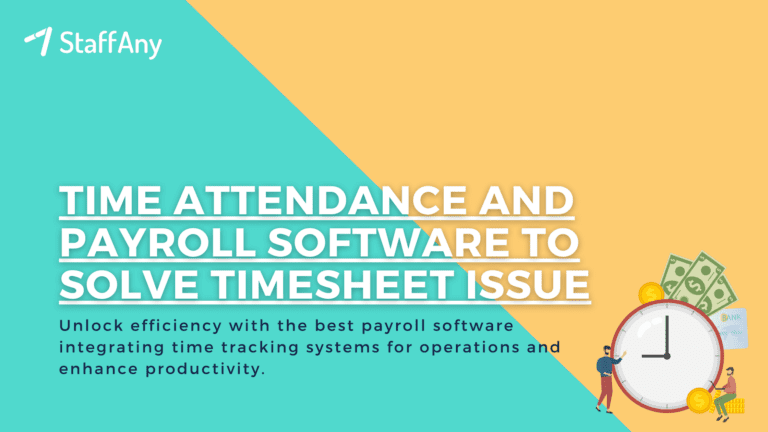In the world of commerce, where products line the shelves, stand out, or fade into obscurity, the art of packaging design plays an integral and often underestimated role. The silent influencer, the persuasive messenger that catches our eye, stirs curiosity, and conveys a brand’s identity. The packaging is not merely a covering; it’s a storyteller, a visual experience, and a tactile encounter with the product within.
In this comprehensive guide, we will delve into the intricacies of the packaging design process, exploring its significance and the steps involved in creating an effective packaging design. Let’s get started!
What Is the Packaging Design Process?
The packaging design is a finely tuned orchestration of creativity, strategy, and functionality. It is the art of crafting the visual and tactile essence of a product’s identity, a task that extends far beyond mere aesthetics.
At its core, it is the process of conceiving, creating, and producing packaging that not only encases a product but also communicates a brand’s message and allure to potential customers.
Packaging design is a multifaceted discipline, blending elements of art, psychology, and marketing to create an experience that begins when a consumer’s eyes meet the packaging and extends through the entire product journey.
Read more: 10 Different Types of Packaging Available in the Market
Importance of Effective Packaging Design
The significance of effective packaging design cannot be overstated; it is the linchpin that can make or break a product’s success. Let’s delve into the key reasons why packaging design holds such a pivotal role in marketing and branding.
1. Brand Identity
The packaging is the physical manifestation of a brand’s identity. It’s like the face of the brand that consumers recognise and remember. Effective packaging design uses colours, typography, imagery, and materials to reflect the brand’s core values, personality, and promise.
When a consumer looks at a product’s packaging, it should evoke an emotional connection, engender trust, and create a sense of familiarity. A successful brand identity through packaging not only attracts initial purchases but also fosters customer loyalty over time.
2. Differentiation
In a crowded marketplace with numerous alternatives vying for consumer attention, packaging serves as the differentiator. It’s the first point of contact and, often, the decisive factor in a purchase. Unique and innovative packaging designs not only attract attention but also stand out in the memory of consumers.
Effective packaging captures the essence of the product, making it instantly recognisable amidst a sea of competitors. This distinctiveness translates to increased sales and a loyal customer base.
3. Information
Packaging is not just an empty canvas for visual appeal; it’s a conduit for information. It must communicate essential details about the product, from nutritional facts to usage instructions and safety warnings.
The clarity in communication is vital; a well-designed package not only conveys this information clearly but also makes it easily accessible to consumers. The ability to provide necessary data and instructions in a user-friendly manner not only enhances customer trust but also ensures product safety and compliance with regulations.
4. Protection
Beyond aesthetics and messaging, the primary role of packaging is to protect the product it contains. Packaging must shield the product from external factors such as physical damage, contamination, and environmental elements.
The integrity of the product from the moment it leaves the manufacturer to when it reaches the consumer’s hands is a critical aspect of packaging design. A package that fails to safeguard the product risks not only financial loss but also damage to the brand’s reputation.
5. Sustainability
With increasing environmental consciousness, sustainability in packaging design is gaining prominence. Sustainable packaging not only aligns with consumers’ eco-friendly values but also reduces the brand’s ecological footprint. It involves using recyclable materials, responsible sourcing, and eco-conscious production methods.
A packaging design that combines aesthetic appeal with sustainability is not only appealing to ethically aware consumers but also contributes to a brand’s positive public image and long-term success.
Read more: 20 Effective Marketing Strategies for Food Business
The Complete Steps of Packaging Design Process
The packaging design process involves a series of steps, each with its own significance. Let’s explore these steps in detail.
1. Briefing
The journey begins with a comprehensive briefing. This is where the client, often the brand owner, communicates their vision and requirements to the design team. It is a vital step that sets the tone for the entire project. The brief should include details about the product, target audience, brand identity, and specific design elements or themes.
2. Project Planning
Once the briefing is complete, the design team moves on to project planning. This step involves setting timelines, defining roles and responsibilities, and establishing a budget. Effective project planning ensures the design process stays on track and within the allocated resources.
3. Research
Research is the cornerstone of any successful packaging design. Designers need to understand the market, competitors, and consumer preferences. This step involves studying the industry, conducting consumer surveys, and identifying trends. Research provides valuable insights that shape the design concept.
4. Design Dieline
With a solid foundation of research, designers create the dieline. The dieline is a two-dimensional packaging template, including all the folds, cuts, and dimensions. It serves as the blueprint for the physical packaging. A well-constructed dieline ensures that the final product is structurally sound.
5. Design Concepts
Now comes the creative part. Designers brainstorm and sketch various design concepts based on the dieline. These concepts should align with the brand’s identity and resonate with the target audience. Colour schemes, typography, and imagery are all carefully considered during this phase.
6. Design Refinement
After presenting the initial design concepts to the client, the design team refines the chosen concept based on feedback. This may involve multiple revisions to achieve the desired look and feel. The goal is to create a design that encapsulates the brand’s message and appeals to consumers.
7. Print
Once the design is finalised, it’s time to bring it to life. The chosen design is sent to a printer for production. The choice of printing technique, materials, and finishes all play a crucial role in the final product’s quality.
8. Market Review
The last step in the packaging design process involves evaluating the design’s performance in the market. Consumer feedback, sales data, and any necessary adjustments are considered to fine-tune the packaging’s effectiveness.
Read more: 7 Types of Loyalty Programs in Restaurants in 2024
In the ever-evolving landscape of business, it’s clear that the packaging design process is a critical element in shaping a brand’s success. Effective packaging, as discussed above, goes beyond aesthetics; it weaves a narrative, fosters brand loyalty, and communicates a product’s identity. From the initial briefing to the final market review, each step is a cog in this intricate machine that transforms a vision into a tangible, captivating reality.
As you navigate the intricate landscape of packaging design, remember that your team’s efficiency and time management are equally crucial. If you’re looking for a solution to enhance your workforce management and simplify your scheduling, look no further than StaffAny’s employee rostering software.
StaffAny understands that schedules and operations are in a constant state of flux. With our tools, you can effortlessly make quick and efficient updates on the go, be it extending a shift or adjusting hours. It’s an all-in-one online timesheet solution that simplifies time management, ensuring your workforce is as finely tuned as your packaging design process!











